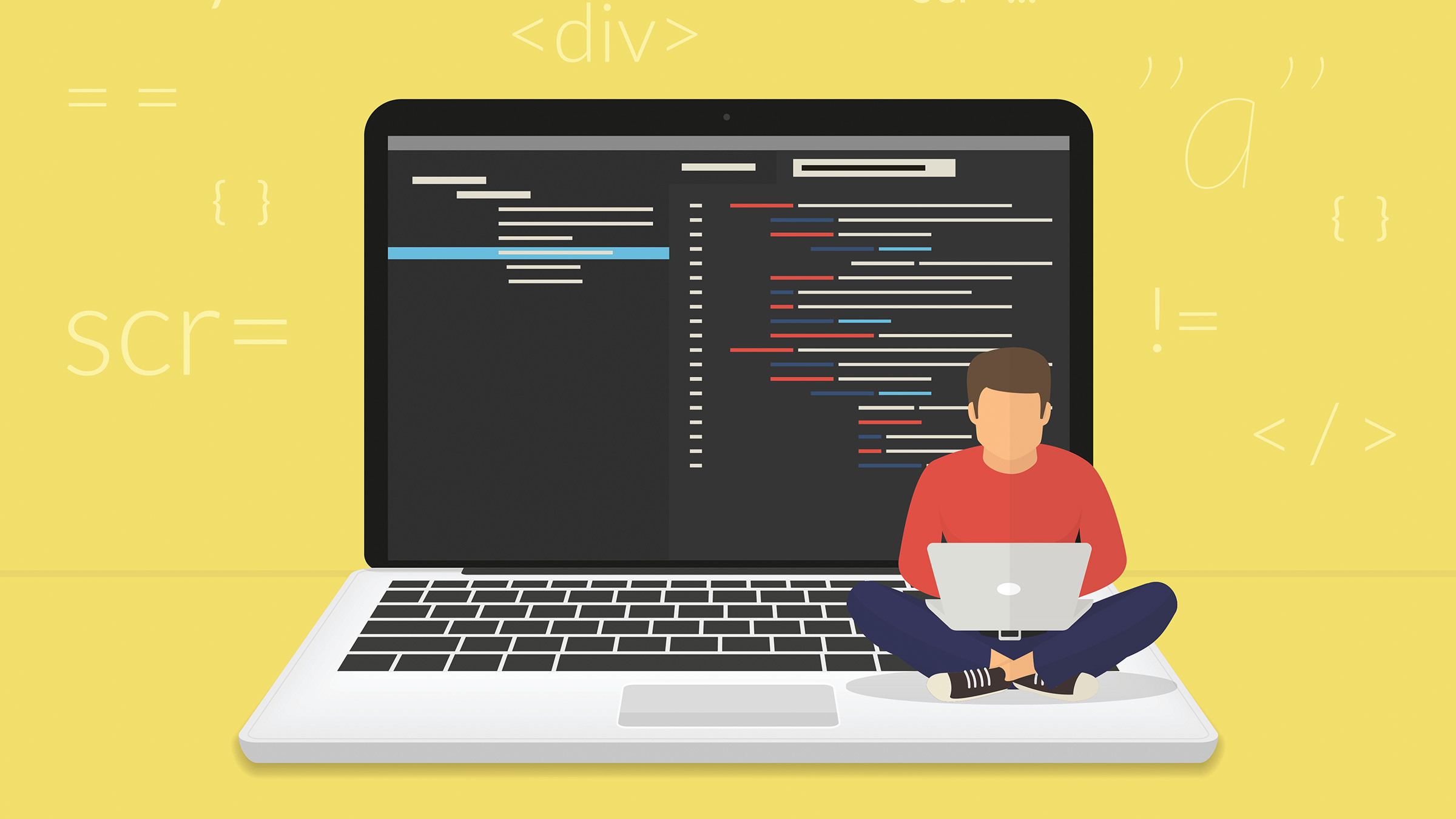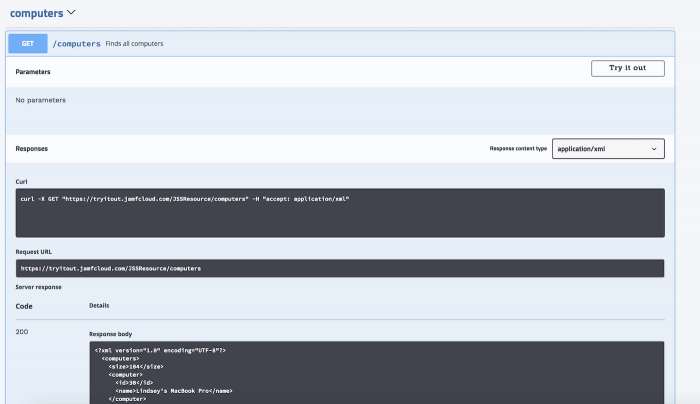

- JAMF PRO CLASSIC API HOW TO
- JAMF PRO CLASSIC API UPDATE
- JAMF PRO CLASSIC API PASSWORD
Before this change occurs, it is recommended that all on-premise Jamf Pro instances leveraging this functionality switch to a publicly trusted third-party CA to issue the Tomcat SSL/TLS certificate.

The release version for this change has not been determined.
Functionality to issue the Tomcat SSL/TLS certificate from Jamf Pro's built-in certificate authority - Jamf Pro's functionality to issue the Tomcat SSL/TLS certificate from the JSS built-in certificate authority (CA) will be discontinued in a future release of Jamf Pro. Home Button Sensitivity Setting - The Home Button Sensitivity setting will be removed from the General payload for the mobile device PreStage enrollment in a future release. True Tone Display Setting - The Home Button Sensitivity and True Tone Display settings will be removed from the General payload for computer and mobile device PreStage enrollments in a future release. Skip Display Tone and Skip Home button sensitivity Settings - The Skip Display Tone and Skip Home button sensitivity settings will be removed from the Skip Setup Item payload for mobile device configuration profiles in a future release. blacklistedAppBundleIDs, whitelistedAppBundleIDs, Whitelist Keys - The blacklistedAppBundleIDs, whitelistedAppBundleIDs, and Whitelist keys will be removed from mobile device configuration profiles in a future release because Apple deprecated them. JAMF PRO CLASSIC API PASSWORD
Password expiration, Replication time Settings - The Password expiration and Replication time settings will be removed from the Single Sign-On Extensions payload in computer configuration profiles in a future release because Apple deprecated them. Hide Restore partition at login Setting - The Hide Restore partition at login setting ( Settings > Computer Management > Check-in) will be removed in an upcoming release of Jamf Pro. Enable user-level Managed Preferences Setting - The Enable user-level Managed Preferences setting ( Settings > Computer Management > Check-in) will be removed in an upcoming release of Jamf Pro. Computer Inventory Collection for Plugins - The computer inventory collection functionality for plugins ( Settings > Computer Management > Inventory Collection > Plugins) will be removed in a future release of Jamf Pro. Cache name Setting - The Cache name setting will be removed from the Single Sign-On Extensions payload in computer and mobile device configuration profiles in a future release because Apple deprecated them. You can disable TLS 1.0 and 1.1 before that time by performing the instructions in the following article: Disabling TLS 1.0 and 1.1 in Java 11. TLS 1.0 and 1.1 in Java 11 - The TLS 1.0 and 1.1 communication protocols used in Java 11 will be disabled in a future release of Jamf Pro. JAMF PRO CLASSIC API HOW TO
For instructions on how to integrate TeamViewer with Jamf Pro, see "TeamViewer Integration" in the Jamf Pro Documentation.

It is recommended to use TeamViewer for remote administration. Disclaimer: Screen Sharing workflow using Jamf Remote has been deprecated.
Jamf Remote - Jamf will stop distributing Jamf Remote in a future release of Jamf Pro (estimated removal date: May-July 2022). Thanks again to everyone who has provided feedback on this change. We continue to evaluate all aspects of our APIs to ensure simple and secure programmatic access to the entire Jamf portfolio of products. Starting in Jamf Pro 10.36 you can disable this directly within the web interface by unchecking the "Allow Basic authentication in addition to Bearer Token authentication" checkbox in your Password Policy settings as outlined in the release notes ( ). We encourage customers not currently using the Classic API to disable basic auth as soon as possible to reduce the attack surface of their Jamf Pro instance. JAMF PRO CLASSIC API UPDATE
We know that a change like this causes additional work for customers and partners to update API workflows, but we believe this change is critical to improving the overall security posture of Jamf Pro. Today, the Classic API is the main target for attackers executing brute force attacks to attempt to gain access to a Jamf Pro instance.īy using the same authorization mechanism as the newer Jamf Pro API, we're able to funnel all auth requests through a small number of endpoints that we can rate limit, without limiting every API request. The change in authorization mechanism in the Classic API was an effort to quickly mitigate the threat of brute force attacks against Jamf Pro instances. We received some great feedback from the community, and there were some questions around why we chose to make this change. In Jamf Pro 10.35 we announced the deprecation of Basic authentication in the Classic API scheduled for a future release of Jamf Pro ( ).







 0 kommentar(er)
0 kommentar(er)
